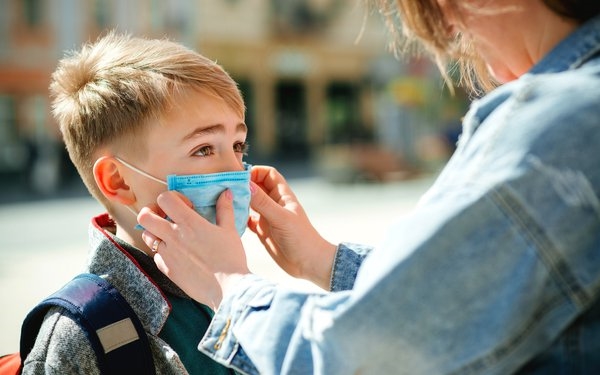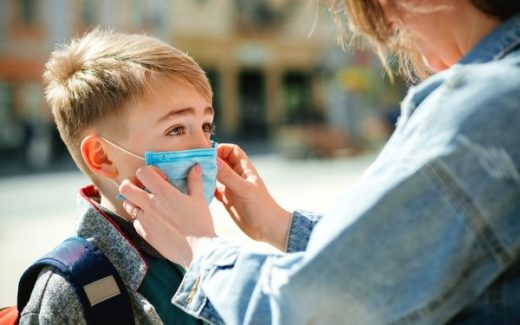What Back-To-School Shopping Looks Like This Year
What Back-To-School Shopping Looks Like This Year

Back-to-school (BTS) shopping already looks different this year. Consumers have delayed BTS purchases. With continued stay-in-place orders in place across the country, some young adults and parents are waiting to learn whether anyone will head back to classrooms this fall.
Recent data from AspireIQ and Fullscreen identifies interesting trends that can help marketers regroup to plan campaign and media buys.
Both companies point to a delay in consumers shopping for school clothes and supplies, and the number of BTS campaigns that fell this year, with AspireIQ noting a 93% decline between June 1 and July 22, compared with the same period last year.
“The data shows parents and kids are thinking about starting to shop for back to school in August,” said Amelia Rance, senior director of data strategy and analytics at Fullscreen. “Everything is a little pushed back.”
Data from Fullscreen shows parents and students plan to start shopping for back-to-school at slightly different times. Some 51% of parents have thought about shopping, while 52% of students have not. About 17% of students say they will not do any back-to-school shopping, compared with 7% of parents. Parents at 63%, and students at 55% plan to do shopping in August.
Research from Fullscreen analyzed buying behavior from parents and students. The company’s analysts surveyed a panel of more than four hundred 18 -to-36-year-olds, including 134 college students, to determine their behaviors, habits and emotions when it comes to coping with COVID-19 and going back to school in the fall.
Planned spending also differs. The majority of parents and students expect to spend the same amount as before, but 37% of students expect to spend less, compared with 17% of parents.
While 82% of respondents said they have gone on shopping sprees for BTS buying in the past, the groups show different opinions on the idea for this year. Some 47% of students plan to repeat their buying sprees, with 45% of parents will not repeat.
The groups expect different needs this year. Most students do not expect to buy something they haven’t bought in the past, compared with 53% of parents who do expect to buy thing based on a new need for their children.
Parents are more likely to purchase across all categories—new tech, home school setups, and hygiene — leaning most heavily toward hygiene supplies.
Students lean more toward buying new tech. Respondents, not surprisingly, plan to do 73% of their shopping online — broken down it look like 70% of parents and 81% of students.
It hasn’t stopped consumers from searching online. Consumers are searching for BTS campaigns at a 300% higher rate this year than last year. While COVID has caused a delay, AspireIQ expects to see a spike in BTS campaigns in August and September.
AspireIQ, which surveyed 120 consumers and 160 influencers, then compared responses with internal brand data to understand how the pandemic is impacting consumer purchase behavior around BTS found consumer interest and priorities have shifted causing brands to switch-up campaigns and messages.
Last year consumers bought outfits and dorm décor to prepare for their days at school, for example. This year it’s all about school supplies for in-home classrooms, tips for parents who are homeschooling, and safety tips for those returning to campus.
Facebook, Instagram and Pinterest continue to be the most popular platforms for reaching consumers around BTS, but 2.7-times more influencers are also posting to TikTok this year vs. last year.
Personal recommendations and social media influencers may play a larger part this year. Some 79% of consumers said they are influenced by other people when making BTS purchases, rather than ads.
(6)


